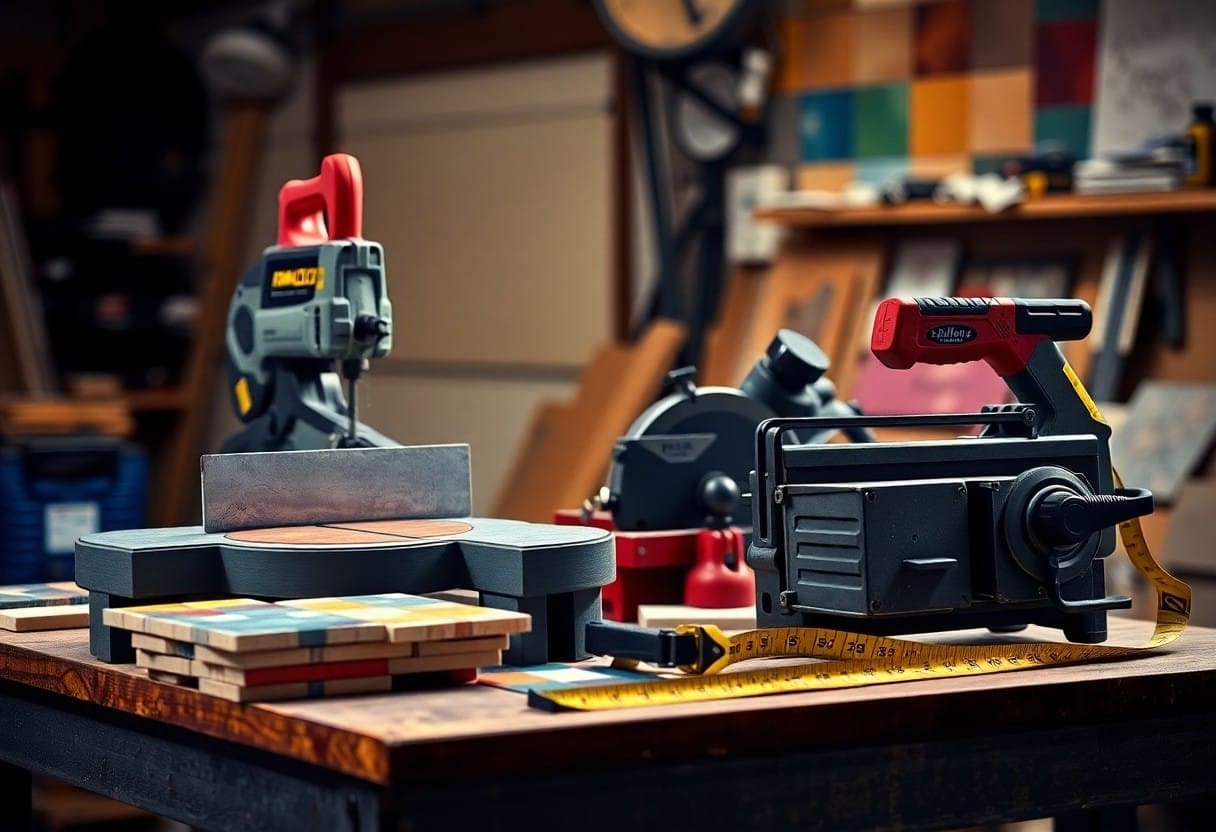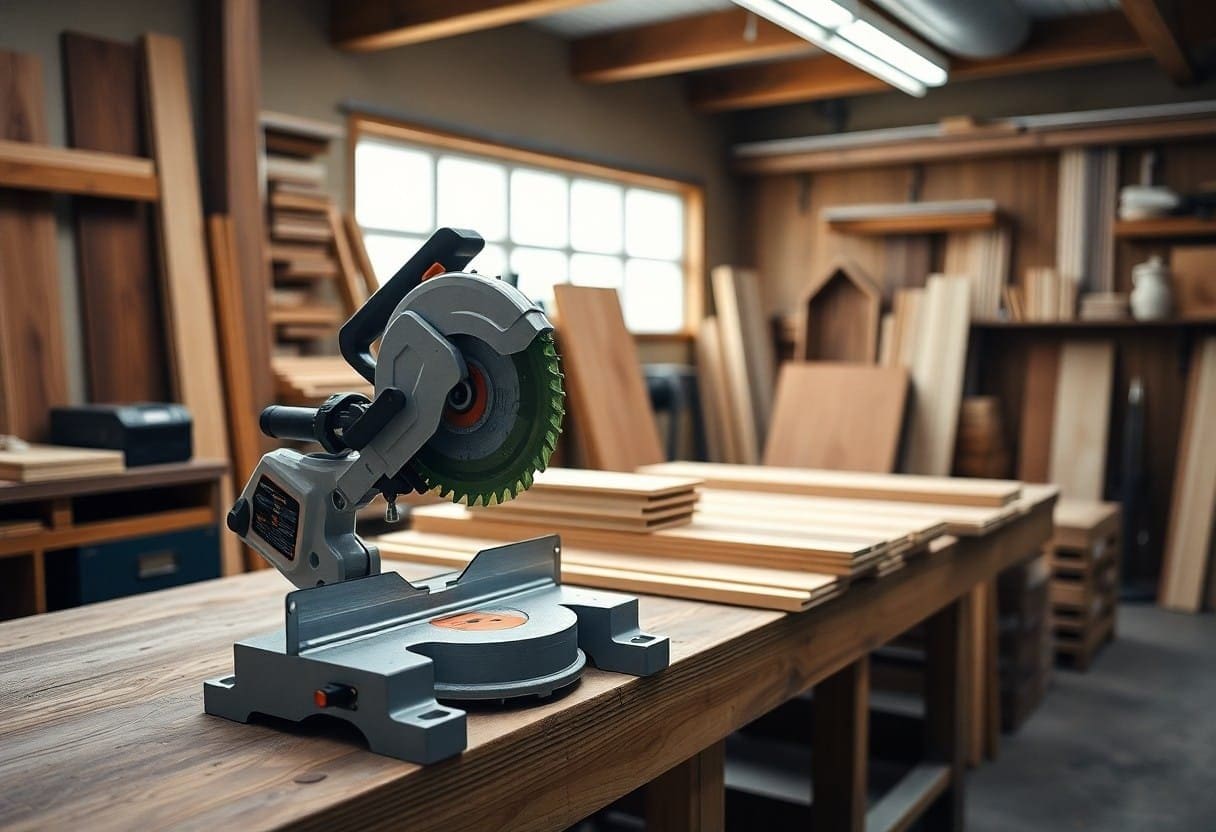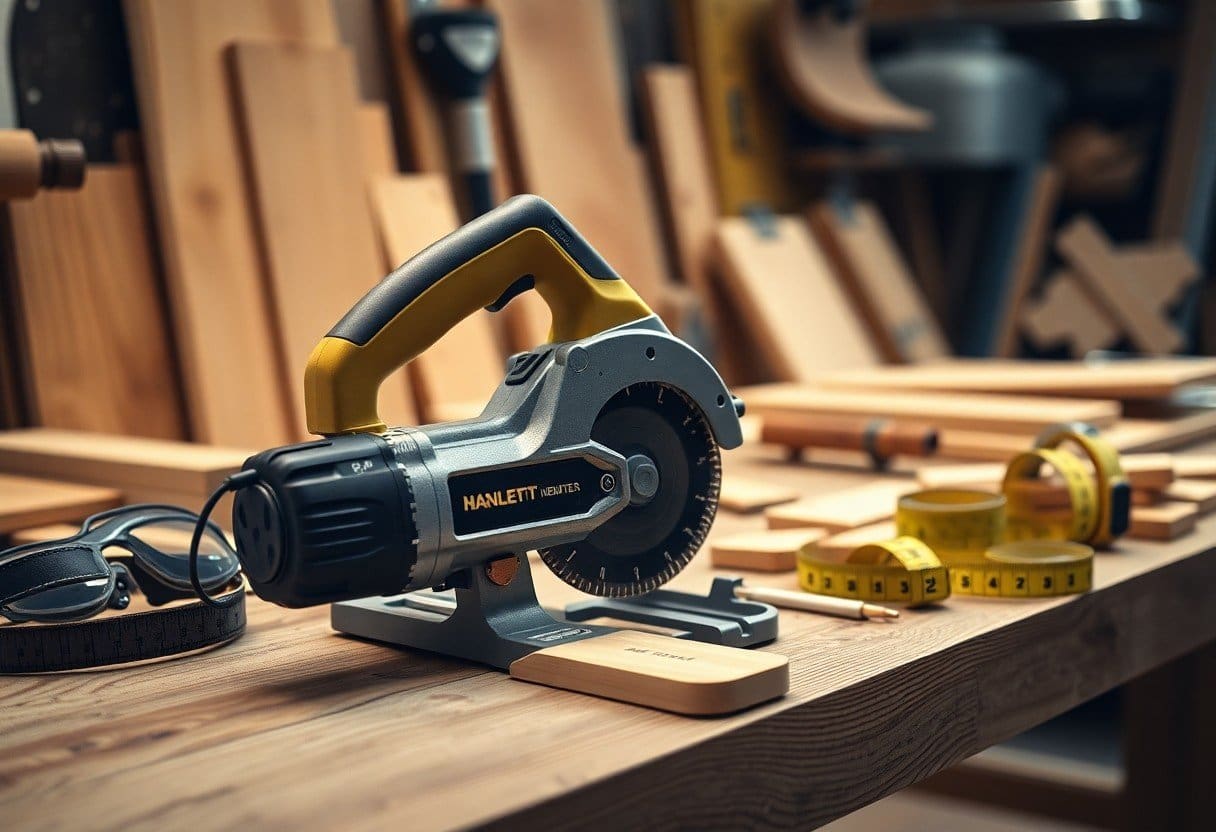Unlock the endless possibilities of your creative projects with the remarkable versatility of a coping saw. Whether you are a seasoned woodworker or just starting out, this indispensable tool allows you to make intricate cuts, curves, and patterns with precision and ease. From crafting custom furniture to intricate woodworking designs, the coping saw empowers you to bring your imagination to life. Discover how this simple yet powerful tool can elevate your craftsmanship and ignite your creativity.
The Basics of Coping Saws
What is a Coping Saw?
A coping saw is a versatile hand tool that is commonly used for intricate woodworking tasks such as cutting curves, patterns, and shapes in various materials like wood, plastic, or metal. The main components of a coping saw include a thin, narrow blade stretched across a C-shaped frame with a handle. This design allows for easy maneuverability and precision cutting, making it an important tool for detailed work.
Types of Coping Saws
For those new to woodworking, it’s important to understand the different types of coping saws available to choose the right one for your project. Coping saws come in various designs, including standard coping saws, fret saws, and coping saws with thicker blades for heavy-duty tasks. Each type has its unique features and benefits, so you can select the one that best suits your needs.
| Type | Description |
|---|---|
| Standard Coping Saw | Traditionally used for fine woodworking tasks and delicate cuts due to its thin blade. |
| Fret Saw | Features a deeper frame and a thicker blade suitable for cutting thicker materials and making longer cuts. |
| Heavy-Duty Coping Saw | Designed with a thicker, more robust blade for cutting through denser materials with ease. |
| Swivel Blade Coping Saw | Equipped with a blade that can be adjusted to different angles, allowing for versatile cutting options. |
| Electric Coping Saw | A modern version powered by electricity for faster and more efficient cutting, ideal for larger projects. |
To make an informed decision on the type of coping saw to use, consider the specific requirements of your project and the materials you will be working with. Recognizing the differences between these types will help you choose the best coping saw for your woodworking tasks, ensuring accurate and efficient results.
Unleashing Creativity with Coping Saws
It’s time to unleash your creativity with the incredible versatility of a coping saw. This humble tool can transform your woodworking projects by allowing you to make intricate cuts and shapes with ease. Whether you’re a seasoned woodworker or just starting out, the coping saw is a must-have tool in your workshop.
Cutting Curves and Complex Shapes
An important skill for any woodworker is the ability to cut curves and complex shapes with precision. With a coping saw, you can easily navigate tight corners and intricate designs that other saws can’t handle. The thin blade of a coping saw allows for maximum maneuverability, giving you the freedom to let your creativity run wild.
Making Intricate Cuts and Designs
For those looking to take their woodworking projects to the next level, the coping saw is your secret weapon. With its ability to make precise and detailed cuts, you can create stunning designs that will truly set your work apart. Whether you’re crafting intricate patterns or adding delicate details to your projects, the coping saw is the tool that will help you achieve perfection.
Making precise cuts and intricate designs can be challenging, but with the right tool in hand, you can elevate your woodworking skills to new heights. The coping saw’s versatility and accuracy make it a valuable addition to any woodworker’s arsenal. Don’t limit yourself – let your creativity flourish with the help of a coping saw.
Mastering the Art of Coping Sawing
Now, to truly master the art of coping sawing, you need to understand the key elements that contribute to successful cuts. From choosing the right blade to holding and maneuvering the saw with precision, each step plays a crucial role in unleashing your creativity with this versatile tool.
Choosing the Right Blade
An necessary aspect of coping sawing is selecting the appropriate blade for the task at hand. Different materials require different blade types, such as fine-toothed blades for delicate cuts in softwood and coarser blades for tougher materials like metal. Ensuring you have the right blade will not only make your cutting more efficient but also produce cleaner and more precise results.
Holding and Maneuvering the Saw
With the coping saw in hand, it’s crucial to have a firm grip on the handle for optimal control and stability. Remember to position your fingers comfortably on the handle and apply gentle pressure while guiding the saw along your intended cutting line. This steady hand and fluid motion will help you navigate corners and curves with ease, giving you the flexibility to execute intricate designs with finesse.
This level of control is necessary when it comes to intricate designs where precision is key. By mastering your grip and movement, you can confidently tackle intricate patterns and shapes, turning your creative visions into reality.
Cutting Techniques for Different Materials
With the right blade and a steady hand, you can explore various cutting techniques to achieve different effects on a wide range of materials. Whether you’re cutting through wood, plastic, or metal, adjusting your cutting angle and speed can make all the difference in the final outcome. Experimenting with different techniques will not only expand your skill set but also allow you to push the boundaries of what you can create with a coping saw.
Blade selection is crucial when it comes to cutting different materials. Make sure to choose a blade that is suitable for the material you are working with to ensure clean cuts and efficient progress. Remember to adjust your cutting technique accordingly to get the best results and enhance your overall coping sawing experience.
Coping Saws in Various Industries
Woodworking and Carpentry
Woodworking and carpentry are traditional industries where coping saws have long been a staple tool. Whether you are working on intricate designs for furniture, cutting curves for molding, or shaping joints for a cabinet, a coping saw offers the precision and control needed for detailed woodwork. The slender blade of the coping saw allows you to make tight turns and delicate cuts, making it a versatile tool in the woodworking and carpentry trade.
Metalworking and Jewelry Making
Metalworking and jewelry making also benefit from the versatility of coping saws. These industries often require the cutting of intricate designs and patterns in metal sheets or rods. A coping saw with a fine-toothed blade allows for intricate cutting in metal, helping you create detailed jewelry pieces or metal artwork with ease.
This tool is particularly useful when working with softer metals that may be damaged by power tools, giving you more control over the cutting process and ensuring precise results.
Art and Craft Projects
With coping saws, art and craft enthusiasts can explore their creativity to the fullest. Whether you are cutting intricate patterns in paper, creating custom jigsaw puzzles, or carving designs in soft materials like foam or plastic, a coping saw is a versatile tool that can bring your artistic vision to life. Its maneuverability and ease of use make it a valuable asset for artists and crafters looking to add a personal touch to their projects.
A coping saw’s ability to cut through a variety of materials makes it an important tool for artists and crafters who enjoy experimenting with different mediums and techniques in their creative pursuits.
Tips and Tricks for Efficient Coping Sawing
Unlike other saws, using a coping saw requires a steady hand and a precise technique. Here are some tips and tricks to help you make the most out of your coping saw:
- Start by securing your workpiece firmly in place to prevent any unnecessary movements.
- Use light, gentle strokes when cutting, letting the saw do the work for you.
- Take your time and follow the outline carefully to ensure a clean and accurate cut.
- For curved cuts, consider making relief cuts to help navigate tight corners more easily.
Recognizing the nuances of coping sawing will help you achieve professional-looking results with ease.
Maintaining Your Saw
To keep your coping saw in top condition, it’s necessary to regularly clean the blade and tighten any loose screws. Additionally, consider applying a light coat of oil to the blade to prevent rust and ensure smooth cutting. Storing your saw in a dry place away from moisture will also help prolong its lifespan.
Troubleshooting Common Issues
On occasion, you may encounter issues such as blade breakage or bending while using your coping saw. Troubleshooting these problems involves checking for proper blade tension and ensuring you’re using the appropriate type of blade for the material you’re cutting. If issues persist, consider replacing the blade or seeking professional assistance.
Troubleshooting
Improving Your Cutting Speed and Accuracy
Common techniques for improving your cutting speed and accuracy with a coping saw include maintaining a consistent rhythm while sawing and using a sharp blade. Additionally, practicing on scrap material can help you develop your skills and gain confidence in your abilities.
Maintaining a steady hand and focusing on precision will ultimately lead to cleaner and more efficient cuts with your coping saw.
Advanced Coping Saw Techniques
Despite the simplicity of a coping saw, it is a versatile tool that can be used for a variety of advanced techniques. Here are some advanced coping saw techniques that will help you unleash your creativity:
Cutting Compound Curves How-to One Start by creating relief cuts on the waste side of the curve. Then, gently maneuver the coping saw along the curve, making small, precise cuts. Gradually work your way around the curve until it is fully cut. Making Precision Joints and Fittings Technique For Making precise joints and fittings with a coping saw involves careful measurement and steady hand movements. By using the coping saw to cut intricate joints, you can achieve a perfect fit for your woodworking projects.
Creating Intricate Patterns and Designs
Coping saws are excellent tools for creating intricate patterns and designs in wood. Whether you want to add decorative elements to your projects or create one-of-a-kind pieces, the coping saw allows you to make detailed cuts with ease.
Another advantage of using a coping saw for intricate patterns is the ability to make tight turns and intricate cuts. With a bit of practice and patience, you can create stunning designs that showcase your woodworking skills.
Conclusively
Unleashing your creativity with the versatility of a coping saw can truly elevate your woodworking projects. The precision and flexibility that this tool offers allow you to bring your vision to life with ease and accuracy. Embrace the various cutting techniques and patterns that a coping saw enables you to explore, and watch as your creations take on new dimensions and intricacies.
So, if you’re looking to expand your woodworking skills and add a touch of artistry to your projects, don’t underestimate the power of a coping saw. With patience, practice, and a keen eye for detail, you can unlock a world of possibilities and create stunning pieces that showcase your unique style and craftsmanship. Let your imagination run wild and see where this versatile tool can take you on your woodworking journey.




